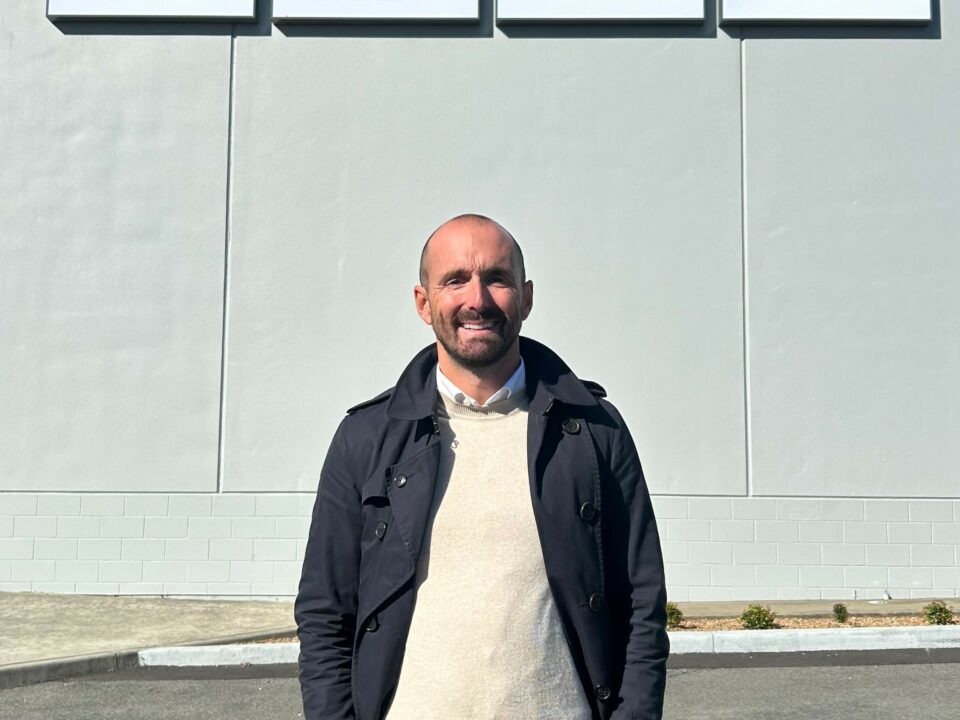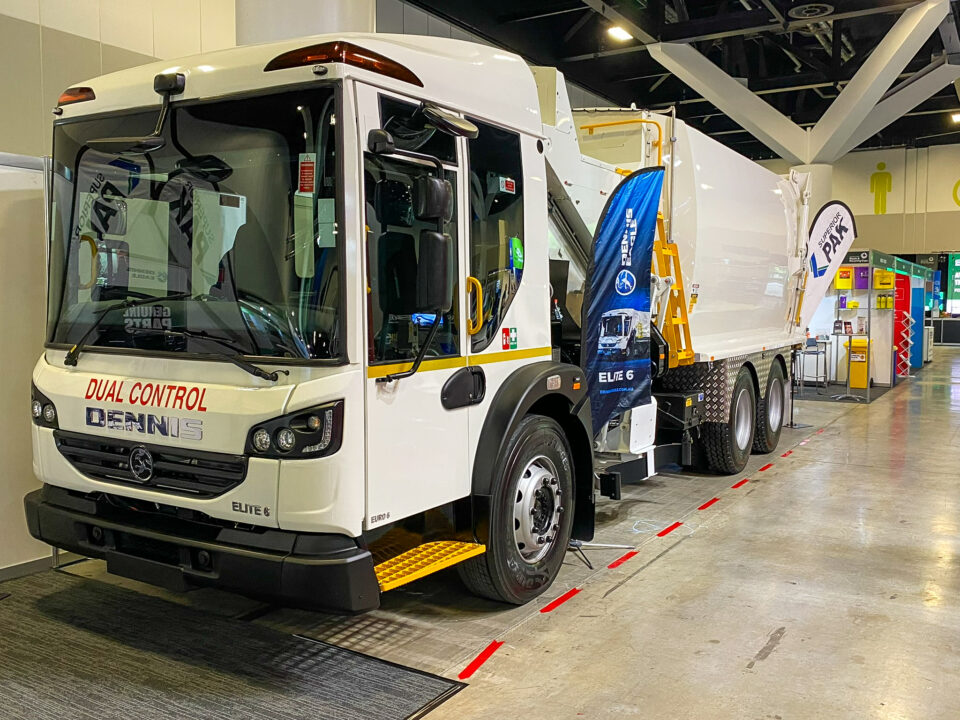Dennis the name in waste

DENNIS EAGLE DOWN UNDER
July 29, 2013
PENSKE AUTOMOTIVE GROUP AGREES TO ACQUIRE THE COMMERCIAL VEHICLES GROUP
October 15, 2013Purpose built refuse truck, the Dennis Eagle Elite 2, has entered service in Australia with significant numbers being readied to tackle the growing waste industry. It is difficult to pinpoint the number of refuse vehicles registered and in use on Australian roads, but make no mistake this market segment is huge and growing, particularly in light of communities becoming increasingly aware of the need to recycle. Refuse trucks have been traditionally sourced from a number of manufacturers, who have all done a great job in supplying a chassis for the application, suiting various bodies and configurations desired by operators including private contractors and local governments, but there is a new player on the scene offering trucks built specifically for waste collection with a variety of options to meet all facets of this industry segment. The Dennis Eagle Elite 2 is a fully integrated vehicle sourced from the United Kingdom where it dominates the refuse business. The trucks come to Australia in glider form and are fully built-up by Western Star Trucks with specifications designed to address our unique operating needs – and they are different from their overseas counterparts. Western Star parent company, Transpacific Industries, commenced selling Dennis Eagle vehicles in Australia in 2010. The product line-up has been adapted and further developed to ensure that it meets the demands of the Australian marketplace, locally fitted with a Cummins ISL Euro V engine and an Allison 3000 series transmission. It is available in a variety of power ratings and configurations including 4x2, 6x4 and 8x4 to meet the breadth of customer requirements. A dual control option has also been developed to meet the unique demands of the residential side loader market. The trucks are designed from the ground up to meet the special needs of the refuse industry and offer extensive safety items as standard equipment, rather than ‘add-ons’, making them a very desirable package. The Elite 2 was the first cab/chassis to be offered with one step low entry with large grab handles allowing driver and crew to quickly leave or enter the cab while a flat floor allows easy access to both sides of the vehicle. This raises the safety ante in a business segment where people are required to be in and out of the cab numerous times during a work shift, often resulting in injury whilst on the job. Once in the vehicle there is an enormous amount of visibility through a huge windscreen and low door sills with expansive glass and windows behind the doors. This is complemented by an extensive mirror system featuring large heads and spotters plus wide view mirrors above the front of the truck to give the driver every view of the road and work environment possible. Main mirrors are electronically controlled and on dual control models downward vision eliminates blind spots. Flashing beacons are integrated into the top corners of the cab, again standard equipment. The cabin is spacious and one can stand up in the vehicle to don protective clothing or boots while a large number of compartments are provided along with room for safety gear. The interior cab finish is of a high standard. Seating for the driver and two passengers, with the centre position designed to fold away, is designed for the most comfortable ride. The factory-built dual control version has two fully equipped driver stations with complete instrumentation and controls mirrored on both sides to maintain visibility and safety aims, and optimised wipers to ensure safe vehicle operation from either side of the vehicle. The chassis is equipped with disc brakes on all axles with ABS offering significantly shorter stopping distances and braking stability compared to vehicles equipped with drum brakes. Readying the Eagle for Australia has seen some interesting changes to the European spec including the development of a unique radiator and charge air cooler fitment. In the Eagle they are placed side by side rather than the traditional charge air cooler placement in front and it is aimed to reduce maintenance. In many collection areas dust and debris is an ongoing problem and often rubbish such as paper and plastic bags can be caught in the gap between the two, but placing them side by side eliminates the problem. This is an example of a vehicle built purposely for refuse collection. Obviously this adds to the price of the vehicle but Dennis fully understands downtime cost and has addressed possible expensive problems through engineering. With the cab tilted there is an enormous amount of room around the engine and driveline, thus simplifying maintenance, reducing downtime and ensuring trucks are back on the road in the shortest possible time. Standard rating of the Cummins ISL engine in the 4x2 and 6x4 versions is 280hp while the 8x4 is offered at 320hp and SCR technology is used to meet emissions requirements. The engines are well proven, as is the Allison transmission coupled behind it, giving operators peace of mind. Quality control is high on the priority list to ensure each truck is completely ready for service before going to dealers. An extremely comprehensive inspection process is carried out before shipping, followed by full pre-delivery checks before each unit is delivered to the customer. A new fleet of Dennis Eagle Elite 2 integrated refuse trucks has entered service with the Transpacific Cleanaway fleet, with initial units based in Melbourne and Perth with more to follow in the near future. The vehicles are all fitted with industry leading Superior Pak refuse collection bodies to ensure the highest levels of total system productivity in a fully integrated package. The Dennis Eagle Elite 2 opens new doors for the refuse and waste collection industry, the first specialty truck on offer to that market. Already feedback has shown that enormous interest has been expressed in all versions available and judging by the large number already in Australia, undergoing build for the marketplace, they will soon become a familiar sight on our roads. Dennis is a company with a history in commercial vehicles dating back to the turn of the 20th century. Many in this country will remember its strong presence in the fire appliance and bus applications, but it has rapidly become a world leader in refuse collection and is also set to take a major share of our market.




